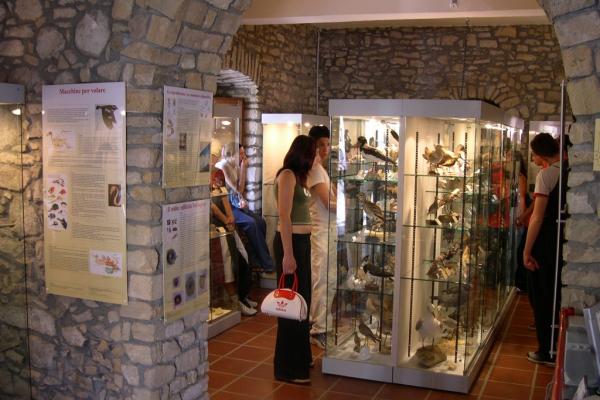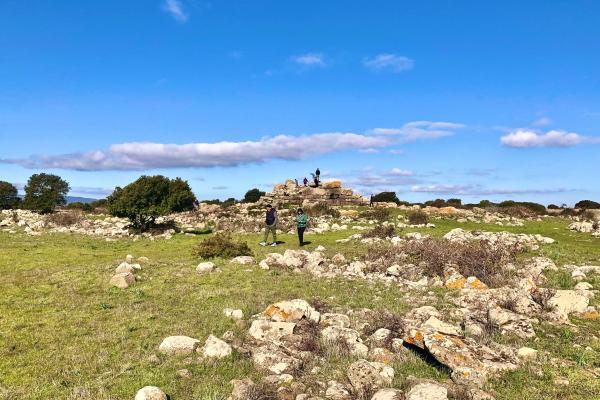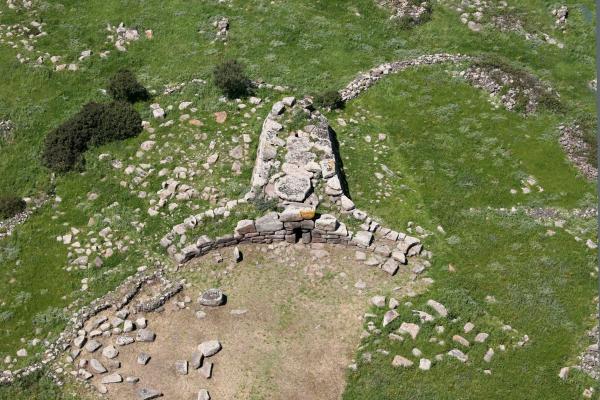A journey between prehistoric times and nature in a small village set between twelve hills on which cereals, olive trees, vineyards, almonds and vegetable gardens grow. Siddi, which currently has about 600 inhabitants, may have Roman origins, along the 'via del grano' (wheat road), from Usellus to Calaris. The first document to mention it dates back to 1346, in which it is indicated as Silli, perhaps from the Vulgar Latin word casilli, meaning 'group of small houses'. The village features narrow roads onto which 'courtyard' houses look out, with walls made of ladiri bricks, monumental portals and colourful murales. In Casa Steri, which dates back to the seventeenth century, the museum of agri-food traditions is set up, documenting customs, skills and flavours of the Marmilla communities. The regional festival of good food Appetitosamente (Apetizingly) is a good opportunity to taste the local delicacies. Another exhibition not to be missed is the Ornithological Museum of Sardinia, the only one of its kind, with a collection of hundreds of birds, non-migratory and migratory, that populate the Sardinian habitats. At the entrance to the village, you will find the church of San Michele Arcangelo, dating back to the second half of the 13th century: it is the smallest Romanesque sanctuary on the Island, with a two-nave plan and a single apse.

Town
A small rural village in the heart of the Marmilla region, in the central-southern part of Sardinia, which stands out for its agri-food traditions and a green plateau rich with archaeological sites
A small rural village in the heart of the Marmilla region, in the central-southern part of Sardinia, which stands out for its agri-food traditions and a green plateau rich with archaeological sites
See this place because...
You will enter into the captivating setting of the Giara di Siddi, in which there is precious evidence of prehistoric times in Sardinia, and you will discover a charming rural village
Pictures and videos
You may also like
More attractions in the vicinity
Nearby hotels and accommodations

Bed and breakfast (rental rooms)
SIDDI
0 km

Bed and breakfast (rental rooms)
SIDDI
0 km

Bed and breakfast
LUNAMATRONA
3 km

















